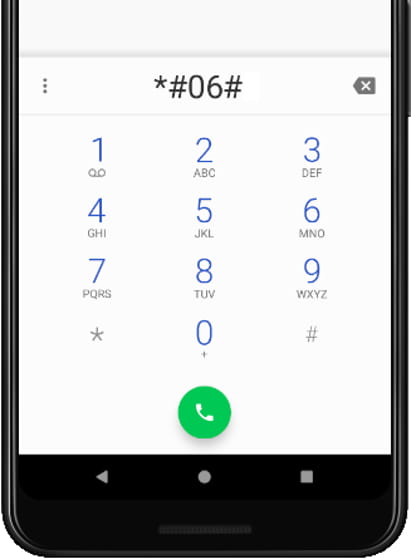
Fake date stamps 29HM = Supposedly 29th Aug 1967Īny greenback speakers with pre-April 1968 date codes printed on the chassis leg are likely to be fakes.
#Vox serial numbers code
The date code is still on the front gasket but with a smaller font size. The gasket material is made from cork with a thin paper overlay and is made up of 4 separate pieces. The font size is reduced from around mid 1965 onwards. A leading zero is used for single digit numbers. Notice the large font size and white manilla paper gasket. 1952 to Spring 1966 08AI = 8th Jan 1964ĭate codes are usually stamped on the front gasket of the speaker. If you ever find a letter ‘I’ in your date codes it is just a typo and should be a letter ‘J’. That is incorrect, as is evident here.Ĭelestion month codes always went from A to M, skipping the letter ‘I’. Note: You might have read on Celestion’s website that the letter M was excluded from the month codes until 1963. Example Celestion date codes through the years 1944 to 1951 01MG = 1st Dec 1950ĭate codes are usually printed on the outer rim of the chassis and consist of 4 digits only. It is an important stamp to look for to authenticate old ‘pre-rola’ speakers.

The small circular stamp with ‘insp’ text or a letter ‘P’ inside it, is a quality control stamp. The code beginning with the letter ‘T’ is the model number of the speaker, for example ‘T1281’ represents a 55Hz 16 Ohm G12H. From 1986 onwards a two digit number is normally used instead. For dating purposes it is useful to know these are only usually present on speakers made between 1969 to 1976. They can be useful sometimes for verification.Īn extra single letter is apparently just an ‘inspection letter’ and can be ignored. I have included the stamp formats in the year column headers on the chart if you still want to use them.

The stamp formats are not very consistent and this confuses a lot of people: Both of these speakers were made Nov 1969. You might have read on Celestion’s website to use the stamp format to date your speakers.
#Vox serial numbers how to
If you are struggling to date an old greenback speaker using the chart above, then my blog post how to date vintage greenback speakers should help you further. More example date codes are shown further down the page. Just be careful of date codes printed in reverse (year then month), these are generally rare but are fairly common on mid 1970’s creambacks. So ‘GB17’ on the photo above = 17th July 1969 ( ignore the ‘Y’). To date your speaker, simply find the pair of letters in your date code and use the chart at the top of the page to decipher them.Ī number directly next to the pair of letters, if present, is the day of the month. In most cases the first letter represents the month, and the second letter represents the year. Step 2 – Decipher The Date CodeĪll Celestion date codes contain a pair of letters representing the month and year the speaker was made. 15″ and 18″ speakers tend to be on the outer rim. These stamp locations hold true for most 12″ speaker models, other sizes of speaker may be different.

Or it is a chassis leg stamp printed in the wrong place, these are most common through mid 1968.
#Vox serial numbers series



 0 kommentar(er)
0 kommentar(er)
